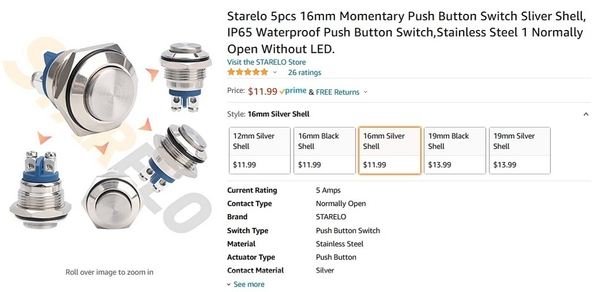The pull-out shelf suggested by Steve H. is a practical and space-efficient for mounting control gear and related stuff. For my L-shaped layout, I ordered one pull-out drawer from a vendor and made another one like it on my own. One drawer is for 11 switch controllers, track power toggle switches (on-off) to four sidings, and DC track power for control of three trolley lines on an upper level. The other drawer is for the control gear: a Lionel 135w brick, a TMCC Command Base, and a PowerMaster; plus two MTH Z1000 transformers (one for accessories and lighted buildings at 14v, and the other for direct 14v power to all 11 switches). Because of space limitations in my Train Room, my perimeter aisle space is tight, so the pull-out drawers provided convenient access to control gear, but they can be pushed under the platforms and out of the way.
My perimeter fascia board is modest -- a 3/4ths x 4-inch board painted Lionel orange installed with a 3/4-inch lip above the platform. Admittedly, that's not much "protection" against a loco falling off the platform to the floor, but my tracks are set back about 2-1/2 inches from the edge of the platform, so that lip is enough. I've never had a problem. I mounted the control switches for action accessors on the fascia boards - handy for kid visitors and my great-grandkids.
Other Forum-ites have commented - "provide space for operating accessories." Right on! Kids love to operate action accessories; perhaps more than actually running trains around endless loops, which can quickly become boring to youngsters.
A space-optimizing tip ... consider adding a trolley line(s) as an upper level with bump-and-go trolleys and Plasticville buildings along the route. Or install Dept 56 lighted porcelain buildings; they are pricey but spectacular. Some are animated.
My track plan (initially rendered in ANYRAIL, but attached as JPG images) and some layout pix attached. Although it's not an action accessary, the DINOSAUR PARK feature is a hit with my dino-crazed great-grandsons. They like to load the dinosaurs aboard the Lionel DINOSAUR TRAIN set and transport the animals to their "summer feeding grounds."
Carry on, valiantly ...
Mike M. LCCA 12394

















